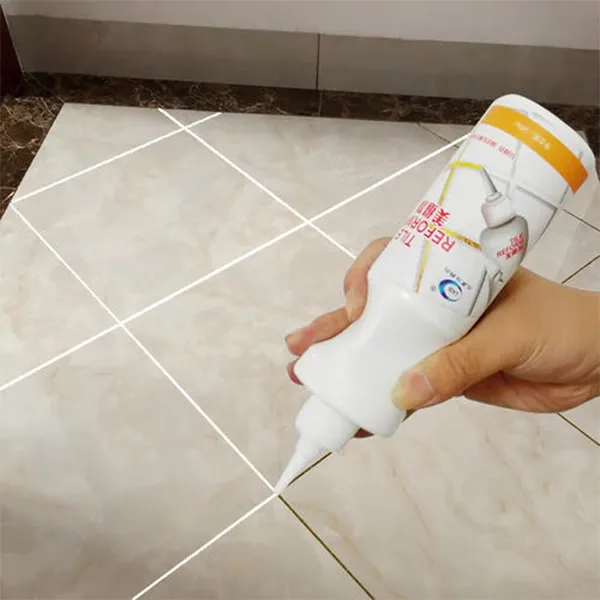Hydroxyethyl Cellulose (HEC) A Versatile Polymer for Various Applications
Hydroxyethyl cellulose (HEC) is a water-soluble polymer derived from natural cellulose, widely recognized for its versatile properties and applications in various industries. As a non-ionic cellulose ether, HEC has gained popularity due to its ability to modify the viscosity of solutions, stabilize emulsions, and improve the texture of products. This article explores the properties, production processes, and applications of hydroxyethyl cellulose.
Properties of Hydroxyethyl Cellulose
HEC showcases unique properties that make it exceptionally valuable in both industrial and consumer products. One key feature is its solubility in water, which allows it to form clear, viscous solutions. The viscosity of HEC solutions can be easily adjusted by changing the concentration of the polymer, making it customizable for specific applications. Additionally, HEC is not affected by the pH of the solution, which enables its use in diverse environments, from acidic to alkaline conditions.
The polymer is also known for its excellent film-forming capabilities, providing a protective barrier that can enhance the durability of coatings and films. Furthermore, its pseudo-plastic behavior, where viscosity decreases under shear stress, is beneficial in processes like spray applications and pump operations. HEC is biocompatible and non-toxic, which adds to its safety profile for use in food, pharmaceuticals, and personal care products.
Production Processes
The production of hydroxyethyl cellulose involves the etherification of cellulose using ethylene oxide in the presence of an alkaline catalyst. This chemical modification introduces hydroxyethyl groups into the cellulose polymer chain, enhancing its solubility and functional properties. The degree of substitution, which indicates the average number of hydroxyethyl groups per glucose unit in the cellulose, can be tailored to achieve specific viscosity and solubility profiles.
hydroxyethyl cellulose hec

After etherification, the resultant HEC is typically purified and dried to produce a fine powder that can be easily handled and incorporated into formulations. Manufacturers often control the molecular weight and degree of substitution to cater to different market needs, ensuring that the final product meets specific performance criteria.
Applications of Hydroxyethyl Cellulose
HEC is employed in a wide array of applications spanning multiple industries. In the construction sector, it is frequently used as an additive in cement and tile adhesives, improving workability and enhancing adhesion. In the pharmaceutical and cosmetic industries, HEC serves as a thickening agent, stabilizer, and film-forming agent in creams, lotions, and gels, providing desirable textures and improved product longevity.
In the food industry, hydroxyethyl cellulose is utilized as a food additive, classified generally as safe, to modify the texture and stability of various food products. It acts as a bulking agent, emulsifier, and stabilizer, particularly in low-fat and gluten-free formulations.
Moreover, in the field of personal care, HEC is a common ingredient in shampoos, conditioners, and other hair care products due to its excellent moisturizing properties. It can also be found in water-based paints and coatings, where it contributes to the consistency and spreadability of the product.
Conclusion
Hydroxyethyl cellulose stands out as a multifunctional polymer with a vast range of applications across several industries. Its desirable properties, such as water solubility, viscosity modification, and film formation, make it an indispensable ingredient in products ranging from construction materials to personal care items. As industries continue to innovate, the demand for HEC is likely to grow, reinforcing its status as a vital component in modern formulations. With ongoing research and development, hydroxyethyl cellulose will undoubtedly find new and exciting applications in the future.
-
Premium Detergent Grade HPMC Hydroxypropyl Methylcellulose: Superior Thickening & StabilityNewsAug.31,2025
-
HEC 100000 Hydroxyethylcellulose for Paint | Superior ThickeningNewsAug.30,2025
-
Wall Putty Rdp Powder Packaging DesignNewsAug.29,2025
-
Introduction to Hpmc Hydroxypropyl Methyl CellulosNewsAug.29,2025
-
Hpmc Industri Grade IntegrationNewsAug.29,2025
-
How to Choose the Right Construction AdhesiveNewsAug.29,2025




